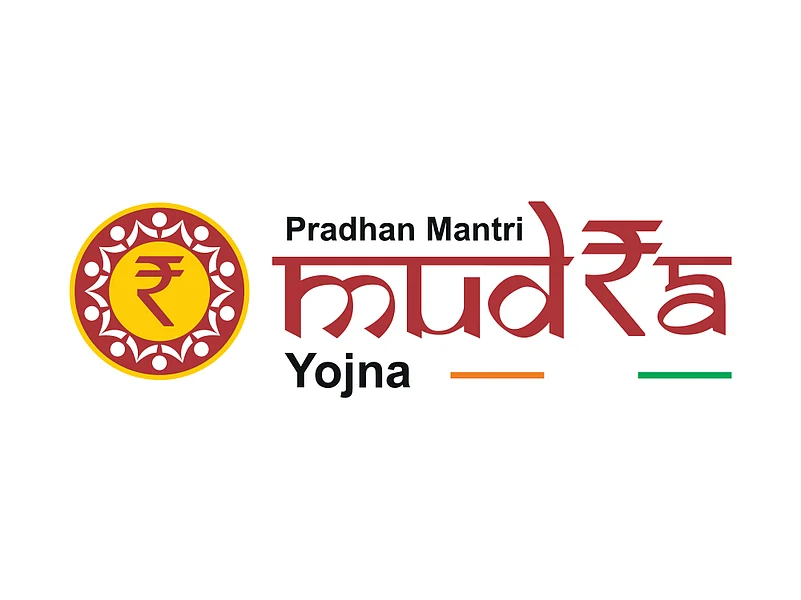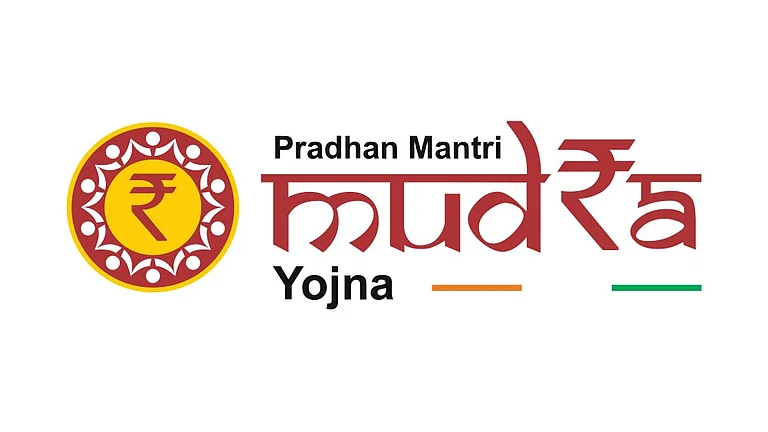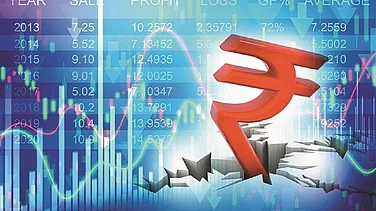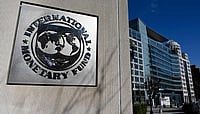The Non-performing Asset (NPA) rate against outstanding amount under Pradhan Mantri Mudra Yojana (PMMY) for Scheduled Commercial Banks has risen from 5.47% at the end of March 2018 to 9.81% as on March 2025, Parliament was informed on Tuesday.
The NPA rate against the amount of loan disbursed under Pradhan Mantri Mudra Yojana (PMMY) for Scheduled Commercial Banks, as on March 2025, is 2.19% as compared to 2.71% at the end of March 2018, Finance Minister Nirmala Sitharaman said in a written reply in the Rajya Sabha.
PMMY scheme mainly caters to those segments of society which have been outside the formal credit system because of a lack of collateral, business experience, etc, she said.
The NPA rate under PMMY is higher than the average MSME NPA rate because the loans under the scheme are collateral-free and are often provided to new business entrepreneurs who may lack business experience and expertise, she said.
As regards NPA for MSMEs, she said, it was 3.60% against the outstanding amount as of March 2025.
Further, the incidence of NPAs in lending to the MSME sector, including PMMY, is attributable to a number of factors, which include the overall performance of the borrowing entity, macroeconomic conditions, sectoral issues, global business environment, etc.
The government has taken various steps towards the effective implementation of the Mudra Scheme, she said, adding, these include publicity campaigns, simplification of the application form, Credit Guarantee Scheme, nomination of Mudra Nodal Officer, frequent reviews at various levels by the government and banks.
Targets are assigned to Member Lending Institutions (MLIs) by the government, for onward allocation of state-wise targets according to their area of potential, she said.
Replying to another question, Sitharaman said the ‘Loans against Gold Jewellery’ under the ‘personal loan segment’ has grown by 71.3% during December 2024 over December 2023 as per the data from the Reserve Bank of India (RBI) on ‘Deployment of Gross Bank Credit by Major Sectors’.
However, the absolute increase of said loan was ₹71,858 crore during December 2023 to December 2024, against the overall increase in Non-Food credit of ₹17,67,929 crore, thereby constituting only 4.06% of the overall incremental Non-Food credit during the same period.
The 'loans against gold' have been instrumental in promoting financial inclusion and providing access to credit, particularly to the rural, MSMEs and underserved segments of the population by bringing the new-to-bank or new-to-credit customers amongst that segment under the ambit of formal lending channels, including banks and Non-Banking Financial Corporations (NBFCs), she said.
This helps in protecting such borrowers who could otherwise have moved to unorganised channels and been susceptible to usurious rates and prejudiced loan covenants, she said.
Further, she said, adequate guardrails, necessary supervisions and suitable controls are put in place by the regulator to ensure that credit growth in all segments of loans, including gold loans, is within the envisaged risk tolerance levels.
The relatively higher share of gold loans in overall loans taken by Women Borrowers may primarily be attributed to increased awareness among Women Borrowers and their view that the gold held by them can be monetised at the time of need, she said.
It also underscores women’s growing economic participation and financial inclusion, particularly in rural areas, increasing diversity in women’s credit needs, from entrepreneurial ventures to personal financial management, she said.
Further, she said, the government of India has launched multiple schemes, including Mahila Samriddhi Yojana, Trade Related Entrepreneurship Assistance and Development (TREAD) Scheme for Women, Stand-Up India, etc, to promote and provide viable and alternate sources of funding to women borrowers.
Gold prices in the global market are primarily driven by demand and supply, in addition to other global macroeconomic factors including inflation, government policies, global events, etc, she said.
Gold is considered a stable asset as a counter-balancer for inflation, resulting in general household affinity as an investment/ physical asset, she said, adding, the demand for gold jewellery as a cultural need in the country is also a major factor of gold demand, which results in India being one of the largest gold consumers.
The increase in gold prices results in an increase in the value of gold, entailing enhanced collateral value for raising debt at the time of need, she said.
Though increased gold prices impact purchasing preferences and reduce the purchasing power of households, including rural and middle-class households, it also encourages households to explore alternate forms of investments, she added.































